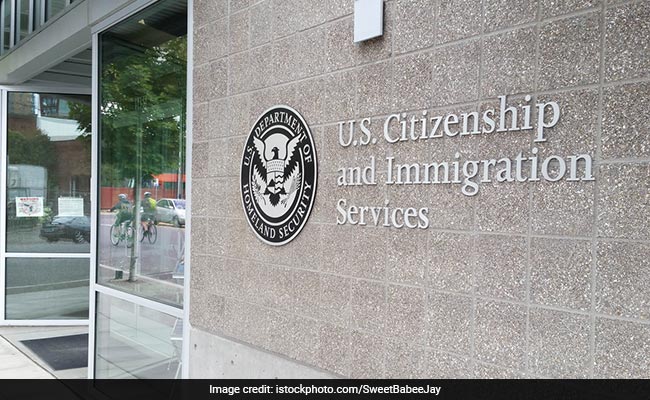Table of Contents
Nearly 2,50,000 children of legal immigrants, including a significantly large number of Indian-Americans, are now facing a major risk of being deported from the US after they turned 21 and "aged out".
Called the 'documented dreamers,’ these people enter the US with their parents, who are usually on temporary work visas. However, they lose their temporary dependent status as soon as they turn 21 and face deportation.
As per the analysis of US Citizenship and Immigration Services (USCIS) data by the National Foundation for American Policy, more than 1.2 million Indians, including dependents, have been waiting in the first, second, and third employment-based green card categories as of November 2 last year.
Who are documented dreamers?
The minor children coming to the US through the temporary, non-immigrant visa category along with their parents remain eligible to obtain permanent resident status through a parent if it occurs before they turn 21. However, if they fail to attain permanent residency before the mentioned age, these children lose their temporary dependent status and are thereby removed from the green card queue — in official terms they age out, according to the American Immigration Council.
As they turn 21, the children “age out” of the temporary legal status derived through their parents' visas and face potential deportation unless they can obtain a different temporary or permanent status by themselves.
For example, the popular H-1B visa, one of the widely utilized categories in temporary visas, allows the minor children of an individual in H-1B status to enter the US as H-4 dependents — a temporary, non-immigrant visa category allowing them legal status to remain in the country for a limited period of time.
Why do they face deportation?
Until they reach 21, these 'Documented Dreamers' remain excluded from the temporary deportation protections as well as work authorisation afforded to them through the Deferred Action for Childhood Arrivals (DACA) initiative. This requires the recipients to have “no lawful status on June 15, 2012,” the Council reports.
As these children do not have legal status to remain in the US, they are required to transition to a new temporary status or self-deport as they become undocumented and risk being subjected to enforcement action.
An exercise of prosecutorial discretion, DACA gives temporary relief from deportation and work authorisation to a particular group of undocumented immigrants.
However, it does not provide permanent legal status to individuals and has to be renewed every two years. In order to be eligible for this, the applications have to meet certain requirements, including the significant one that requires the person to have “had no lawful status on June 15, 2012.”
However, in the majority of cases, this requirement disqualifies the 'Documented Dreamers', who generally have lawful status.
What does the US government say?
On Thursday, the White House blamed the Republicans for this legislative impasse.
"I talked about the bipartisan agreement that came together from the Senate where we negotiated a process to help the so-called documented Dreamers. And sadly, Republicans, and I've said this many times already at this podium today, which is that they voted it down twice," White House Press Secretary Karine Jean-Pierre said recently.
Last month, a bipartisan group of 43 lawmakers, led by Senator Alex Padilla, called on the Joe Biden-led administration to take urgent action to protect these Documented Dreamers.
"…due to the long green-card backlog, families with approved immigrant petitions are often stuck waiting decades for permanent resident status," they said in the June 13 letter.

